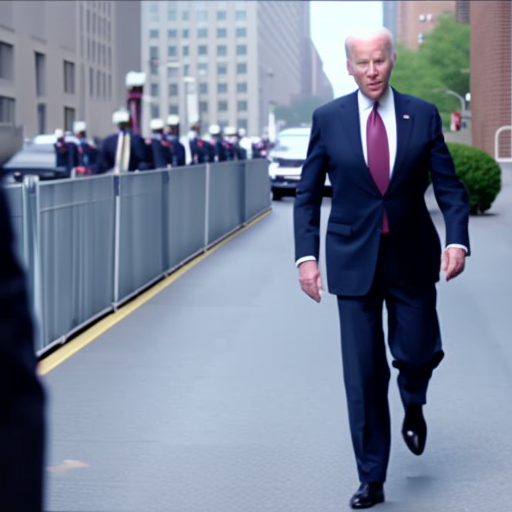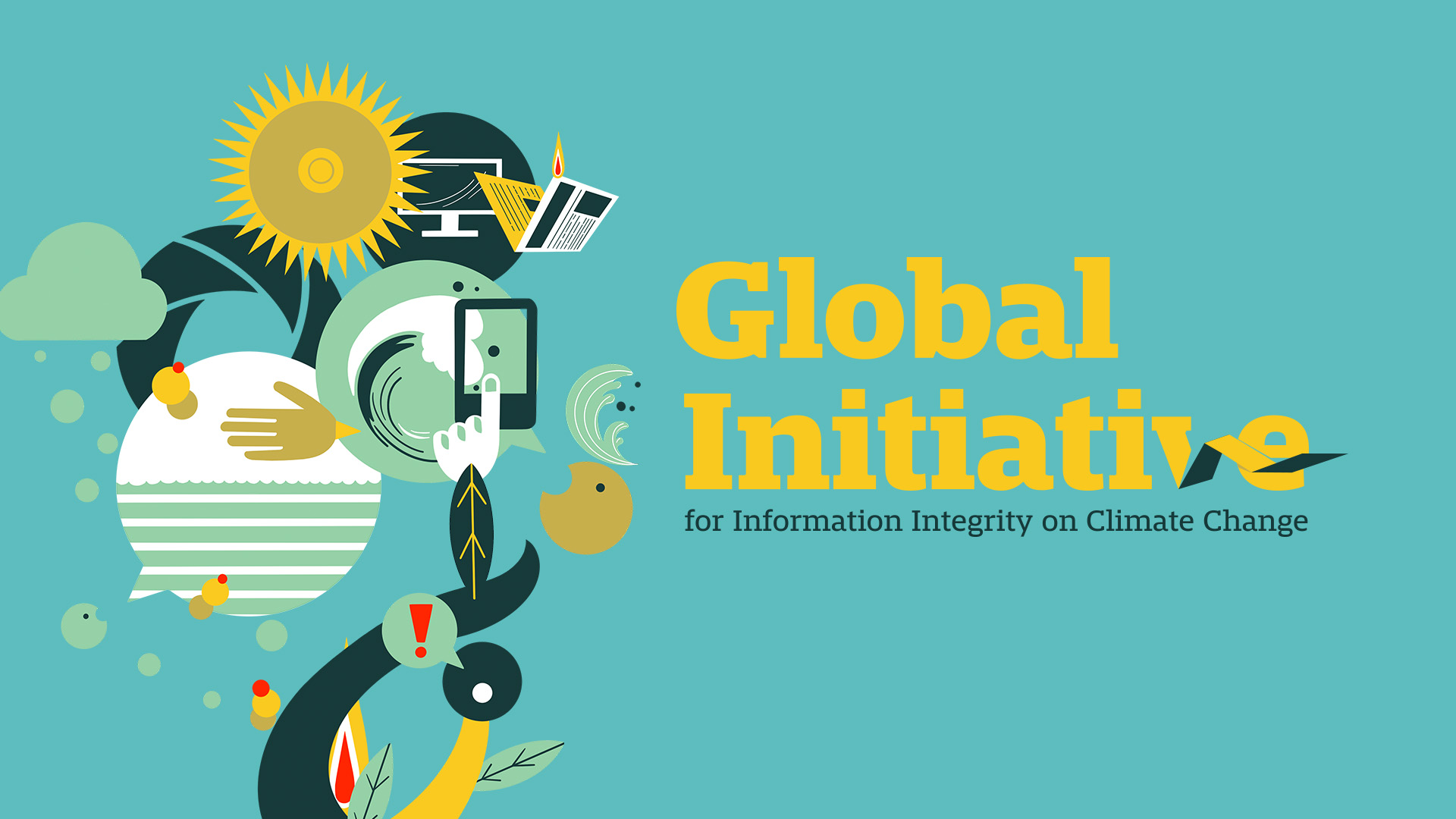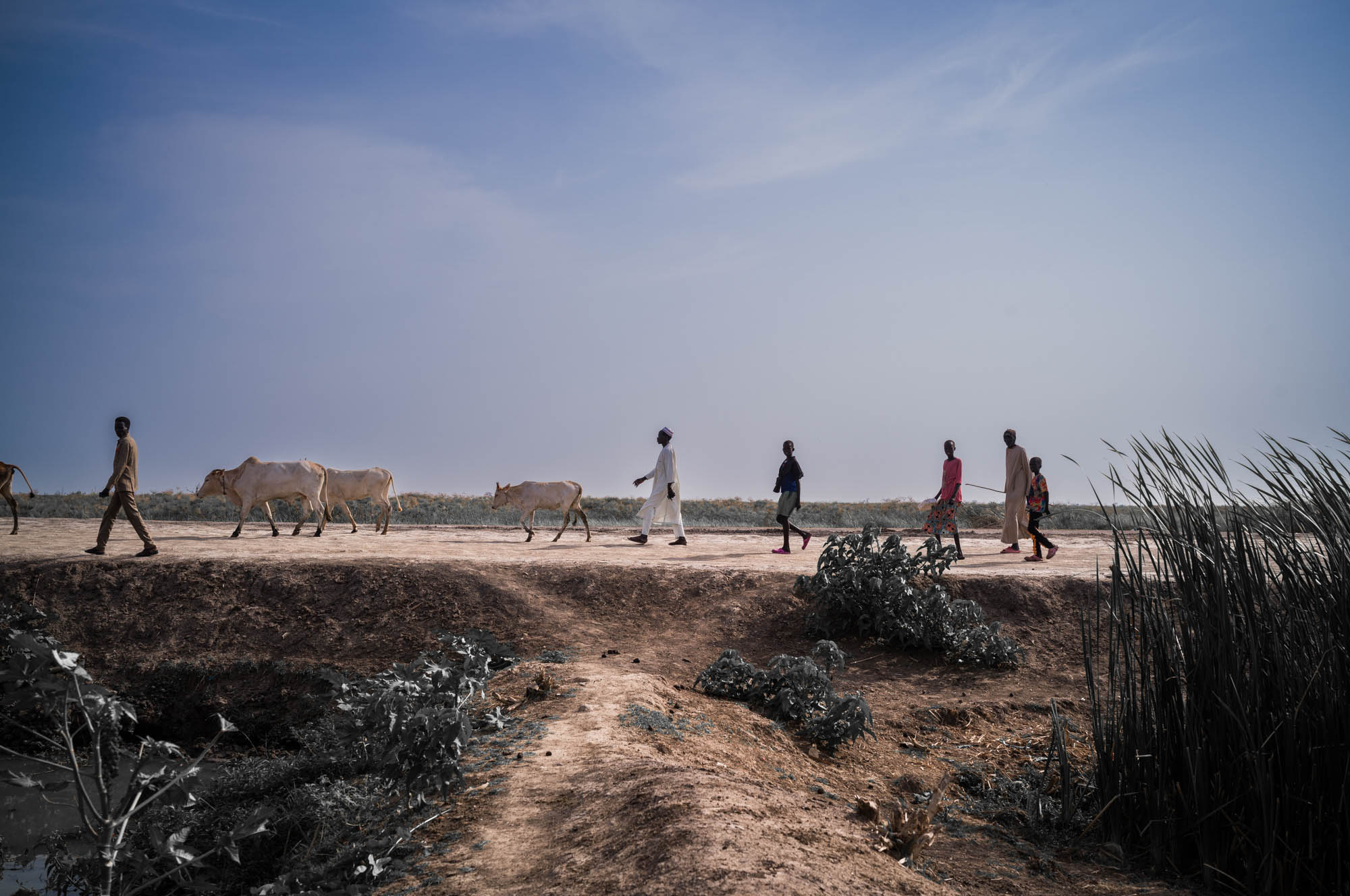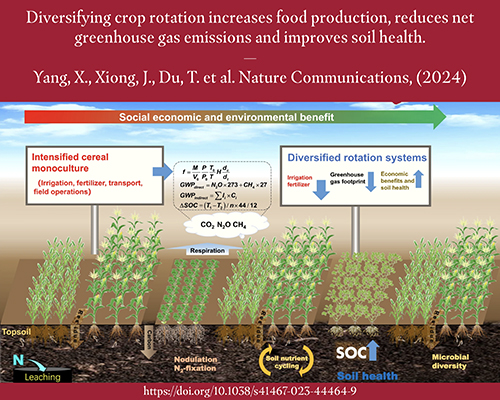
U.S. Airlines Struggle to Achieve Sustainable Fuel Goals
U.S. airlines use sustainable fuel in less than 0.1 percent of flights. However, the government has set ambitious targets for the industry, aiming for 10 percent of flights to run on sustainable fuel by 2030 and 100 percent by 2050.
The scale of the challenge is significant. United Airlines, for example, used 7 million gallons of sustainable fuel last year, which was a threefold increase from the previous year. However, this is only a small fraction of the 3 to 4 billion gallons of fuel the airline burns annually.
The Impact of Air Travel on Carbon Emissions
Air travel is responsible for 2 percent of the world’s CO2 emissions and 12 percent of transportation emissions. The number of flights is projected to increase to 40.1 million in 2024, up from 36.8 million the previous year.
Efforts to Reduce the Carbon Footprint of Business Travel
Despite the challenges, chief sustainability officers are eager to reduce the carbon footprint of their business travel operations. The Biden administration has taken steps to support this goal by offering tax credits to producers of corn- and soy-based jet fuel who use “climate-smart” farming practices. This guidance, although not final, could help businesses reduce the carbon footprint of their employees’ travel.
For instance, Salesforce plans to purchase sustainable fuel certificates for 5 percent of its Scope 3 emissions from air travel.
In addition, the Sustainable Aviation Fuel Coalition (SAFC), a lobby group consisting of 40 aviation businesses including American Airlines and United Airlines, was launched on April 29. The SAFC aims to advocate for increased investment in sustainable fuel.
The Challenge of Sustainable Jet Fuel
Sustainable jet fuel is typically blended with regular jet fuel in a ratio of 10 to 50 percent. While it can reduce carbon emissions by up to 85 percent over its lifecycle, it still involves burning fossil fuel and producing CO2.
The Cost of Sustainable Jet Fuel
Sustainable fuel costs two to four times more than fossil fuel, creating a “green premium” that hampers adoption. Demand for sustainable fuel exceeds supply, according to the International Air Transport Association.
Critics’ Concerns and Future Outlook
Some critics argue that using crops for fuel instead of food is problematic. However, the government subsidies aim to strike a balance between incentivizing lower carbon fuel production and utilizing available feedstocks and production processes.
Despite the challenges and criticisms, governments worldwide are determined to create a market for sustainable fuel. The SAF Coalition believes that sustainable aviation fuel will enhance domestic energy security, create new markets for American farmers, reduce aviation emissions, and drive next-generation technology development.
SDGs, Targets, and Indicators
1. Which SDGs are addressed or connected to the issues highlighted in the article?
- SDG 7: Affordable and Clean Energy
- SDG 9: Industry, Innovation, and Infrastructure
- SDG 13: Climate Action
- SDG 15: Life on Land
2. What specific targets under those SDGs can be identified based on the article’s content?
- Target 7.2: Increase substantially the share of renewable energy in the global energy mix.
- Target 9.4: Upgrade infrastructure and retrofit industries to make them sustainable, with increased resource-use efficiency and greater adoption of clean and environmentally sound technologies and industrial processes.
- Target 13.3: Improve education, awareness-raising, and human and institutional capacity on climate change mitigation, adaptation, impact reduction, and early warning.
- Target 15.2: Promote the implementation of sustainable management of all types of forests, halt deforestation, restore degraded forests, and substantially increase afforestation and reforestation globally.
3. Are there any indicators mentioned or implied in the article that can be used to measure progress towards the identified targets?
- Indicator 7.2.1: Renewable energy share in the total final energy consumption.
- Indicator 9.4.1: CO2 emissions per unit of value added.
- Indicator 13.3.1: Number of countries that have integrated mitigation, adaptation, impact reduction, and early warning into primary, secondary, and tertiary curricula.
- Indicator 15.2.1: Progress towards sustainable forest management.
Table: SDGs, Targets, and Indicators
| SDGs | Targets | Indicators |
|---|---|---|
| SDG 7: Affordable and Clean Energy | Target 7.2: Increase substantially the share of renewable energy in the global energy mix. | Indicator 7.2.1: Renewable energy share in the total final energy consumption. |
| SDG 9: Industry, Innovation, and Infrastructure | Target 9.4: Upgrade infrastructure and retrofit industries to make them sustainable, with increased resource-use efficiency and greater adoption of clean and environmentally sound technologies and industrial processes. | Indicator 9.4.1: CO2 emissions per unit of value added. |
| SDG 13: Climate Action | Target 13.3: Improve education, awareness-raising, and human and institutional capacity on climate change mitigation, adaptation, impact reduction, and early warning. | Indicator 13.3.1: Number of countries that have integrated mitigation, adaptation, impact reduction, and early warning into primary, secondary, and tertiary curricula. |
| SDG 15: Life on Land | Target 15.2: Promote the implementation of sustainable management of all types of forests, halt deforestation, restore degraded forests, and substantially increase afforestation and reforestation globally. | Indicator 15.2.1: Progress towards sustainable forest management. |
Copyright: Dive into this article, curated with care by SDG Investors Inc. Our advanced AI technology searches through vast amounts of data to spotlight how we are all moving forward with the Sustainable Development Goals. While we own the rights to this content, we invite you to share it to help spread knowledge and spark action on the SDGs.
Fuente: greenbiz.com

Join us, as fellow seekers of change, on a transformative journey at https://sdgtalks.ai/welcome, where you can become a member and actively contribute to shaping a brighter future.






